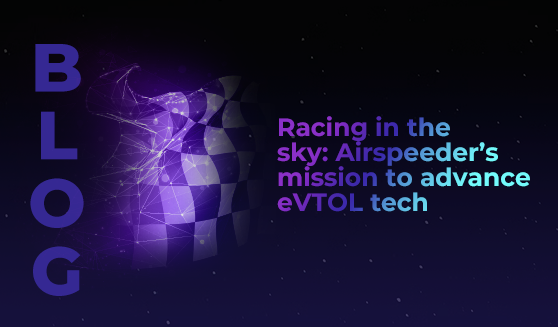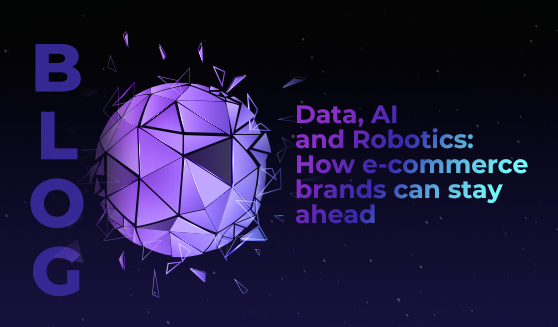
In early 2009 Bitcoin was unveiled, thus unleashing the age of cryptocurrencies and the blockchain technology that powers them. Today Bitcoin and other cryptos have grown dramatically, and blockchain technology has been more popular than ever as a result.
According to IDC, organizations will spend $6.6bn on blockchain solutions in 2021. That clearly shows an increasing interest in blockchain and what the field may produce later.
There are many reasons for the growing popularity of blockchain in enterprise and government use cases today. One major factor is the sustainability blockchain may allow when used correctly.
True decentralization
In past decades, the world gradually deviated from top-down management and central planning. But whether in enterprises or governments, the decentralization process never grew enough to cause the desired effects.
Now we finally have the means for decentralization, as blockchain was built for that exact purpose. Governments are now taking notice of the possible gains of using a decentralized network with more transparency in many aspects.
One major advantage of blockchain networks is network value creation through participation. That contrasts centralized networks like the ones used by major tech giants today where only a small percentage of big shareholders can affect what’s happening.
In decentralized networks, people have more to say in decisions taken. Thus, companies can’t get away with unpopular changes that don’t better the lives of people, as everyone has a voice and people can drive corporations to become more eco-friendly and have smaller carbon footprints while ensuring positive effects on society.
Transparency
The blockchain is essentially a ledger that records every transaction on it, and by design, this ledger is public and made accessible to everyone. Every transaction made on the blockchain is authenticated by multiple parties to confirm it’s real. Adding authenticity and public availability together makes blockchain the perfect vessel for transparency.
For example, using blockchain to track donations given to politicians by corporations can help people get more informed when voting. That may also enable people to vote with their wallets when companies lobby for decisions that hurt consumers.
Eliminating fraud and reducing bureaucracy
The blockchain is often described as a “trust network” that allows everyone to help authenticate transactions and track them. That gives the blockchain an advantage in tracking most types of fraud.
For example, using blockchain technology would block employees and outside entities from doing shady transactions as everything is tracked and can’t be “swept under the rug”.
Furthermore, the blockchain can be an important asset for smart governance, as it allows for faster and simpler access to data and can be leveraged to automate many functions.
Increasing automation would eliminate most of the bureaucracy that plagues large organizations, especially in middle management roles.
ESG reporting
In recent years, many corporations began publishing their ESG reports. ESG stands for environmental, social, and governance.
By 2020 90 percent of the S&P 500 companies published their ESG reports annually. That percentage is growing, as McKinsey found that ESG reporting improves stock market performance for companies.
For now, there is no standard for ESG reports, and governments have not yet taken action to make such reports mandatory. But when organized by the government leveraging the power of the blockchain, ESG reporting could boost the sustainability commitment of organizations, as many investors and shareholders tend to favor more eco-friendly companies.
Companies can also use blockchain in supply chain management to authenticate the ethical source of components and raw materials. Ethical sourcing is important for a growing share of consumers, and companies can gain free marketing from such implementations.
The elephant in the room
Even though the blockchain can be very powerful when used for sustainability, they are still not sustainable themselves. The current authentication method for most blockchains today is called PoW (Proof of Work).
The PoW method is designed to reward allocating more computing power to the network. That creates an arms race and raises the mining difficulty, therefore consuming a lot of energy.
According to the Cambridge Center for Alternative Finance (CCAF), the Bitcoin blockchain consumed 116 terawatts of annual power as of December 2021. That’s a higher power consumption than whole countries like Malaysia, Sweden, and even the UAE. Blockchain power consumption is expected to grow even further as blockchain technologies gain more traction.
There are some proposed solutions for the environmental problem though, as there are alternative methods to PoW. For example, PoST (Proof of Spacetime) was recently implemented in the Chia cryptocurrency, while PoS (Proof of Stake) is set to replace PoW in the biggest blockchain network: Ethereum.
All in all, the blockchain can allow for more sustainable business and governance practices. Yet, it needs more government backing and legislation, and an alternative to the ubiquitous Proof of Work to achieve that.








